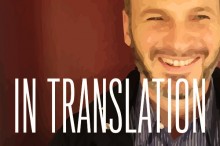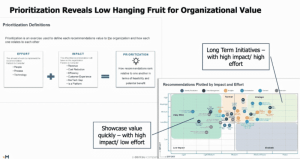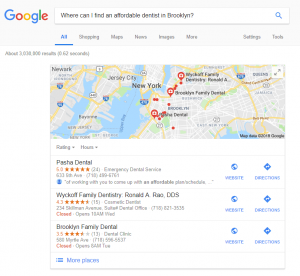
Alex Lash Oct 07 2014
Digital health is popular among investors, there’s no doubt. But is it good for us?
Products such as fitness wristbands and online wellness coaching are generating buzz, and as a techno-skeptic I often roll my eyes at the trendy accessories and general assumption that life is easier online. Meanwhile, the funding keeps rolling in. Through three quarters of 2014 the nascent field has attracted $ 3 billion, already double the 2013 total, according to Rock Health, the San Francisco digital-health incubator, seed investor, and data provider. (Rock Health is no neutral analyst, but one close observer of the sector says the incubator’s funding totals are actually on the conservative side.)
So I decided to look for examples of high-tech products, from wireless devices to smartphone apps to online programs, that are already proving—in the eyes of the medical community, not just the marketing community—they make people healthier. That, of course, requires evidence.
The short answer is, there isn’t much. Steven Steinhubl is the director of digital medicine at the Scripps Institute of Translational Medicine in San Diego, and he’s on the lookout for technology and products that his group can put through clinical trials. “I believe mobile health technology is the future of medicine and can play a critical role improving health outcomes, boosting patient convenience and health provider satisfaction,” says Steinhubl. “But we have to demonstrate it. The vast majority of supporting data is in the form of pilot studies.”
When asked to define “pilot studies,” he says: “Dirty first looks.”
When I asked Rock Health managing director Malay Gandhi about the importance of rigorous clinical studies for up-and-coming digital health companies, he replied, in part, “I would never generalize to the entire category. I think that’s dismissive. While I think it is critical for everyone in healthcare to prove what they’re doing actually works, getting into a strength-of-evidence argument at this point seems slightly misguided. I’m not in support of delaying access to massive improvements over the status quo while we wait for the perfect study to satisfy academic criteria.”
It’s at heart a Silicon Valley attitude: users first. If it looks like a “massive improvement over the status quo,” get it out there.
But many in the field know they have to show real benefits; some have, and for others there hasn’t been time to gather significant samples of data. With the funding explosion this year, more fledging companies doing serious studies should be publishing peer-reviewed data in the next few years.
In the meantime, can those first looks be enough in some cases to convince doctors, nurses, hospitals, patients and insurers to trust, pay for, and put those products into practice? The field has plenty of applications that shouldn’t require the same body of evidence as, say, a device implanted in a patient or a new pharmaceutical product.
Joseph Kvedar, a dermatologist and director of Partners Healthcare’s Center for Connected Health in Boston, says the field needs to find “a happy medium.” He’s worried about the tech startup mentality—”stay lean, pivot when it doesn’t work, and assume when people adopt it it’ll be right.”
“But I don’t necessarily believe a five-year trial is always the right answer, either,” he says.
One good example of that happy medium comes from Steinhubl’s group at Scripps, which tested a band-aid-sized wireless patch called Zio developed by San Francisco-based iRhythm Technologies. Adhered to people’s chests, the patch detected about 50 percent more irregular heartbeats, or arrhythmias, than the more cumbersome standard detector, called The Holter, which patients don’t like wearing for more than a day or two. The National Institutes of Health paid for the 146-person study, and in a January blog post, NIH director Francis Collins held it up as an early example of a significant clinical outcome in mobile health. “Pretty amazing stuff,” he wrote. (You can see pictures of the two devices on the blog, too.)
Based on those results, Aetna added the Zio patch, which is water-resistant and can stay on a patient’s chest for two weeks, to its reimbursement policy. That’s because detection of arrhythmias isn’t easy, so the longer a person with suspected heart problems can wear a monitor, the better. And detection of arrhythmia is a good way to prevent serious complications, including stroke.
I talked to another entrant in the heart monitor business. San Francisco-based AliveCor has an app that turns a smartphone into a handheld electrocardiogram, meant for people with arrhythmia history or at risk for heart disease to use on their own or at a doctor’s office. If feeling symptoms like shortness of breath, a person launches the app and touches fingertips to the electrodes on the customized phone case to find out if he or she is undergoing atrial fibrillation, the type of arrhythmia most linked to stroke.
The FDA has cleared its use without a prescription to automatically interpret an irregular heartbeat as A-fib. The readout says, in part, “Possible AF detected. This result is not a diagnosis.”
But there’s no proof it makes patients healthier. To gain FDA clearance, “we didn’t have to show … Next Page »
UNDERWRITERS AND PARTNERS
(311)
Report Post














